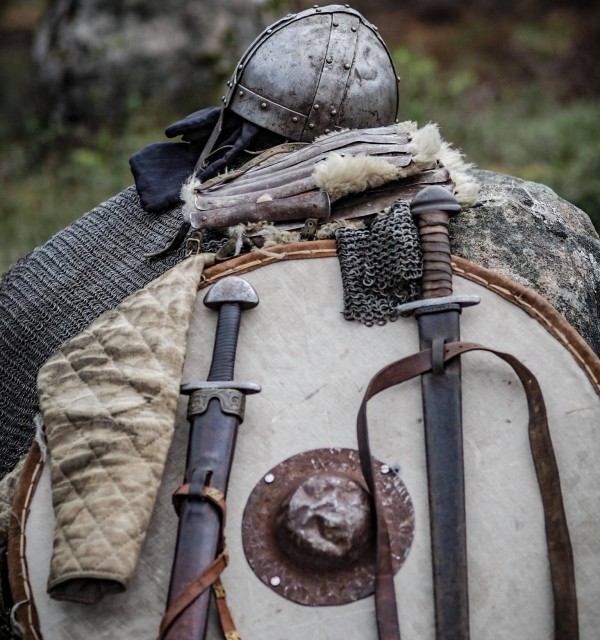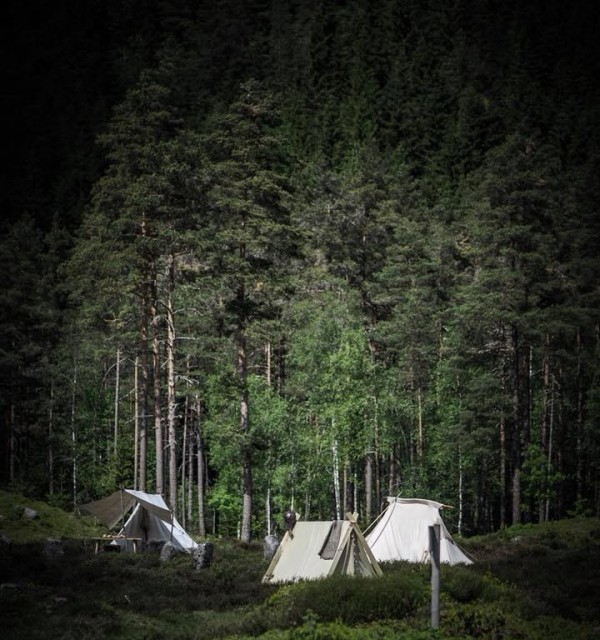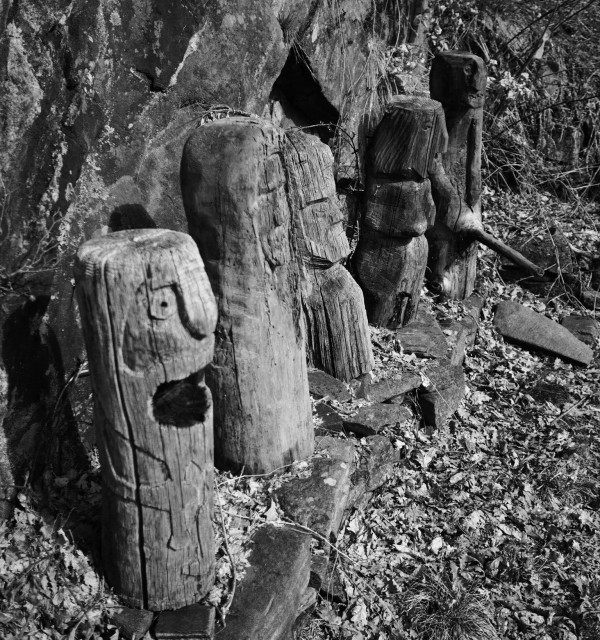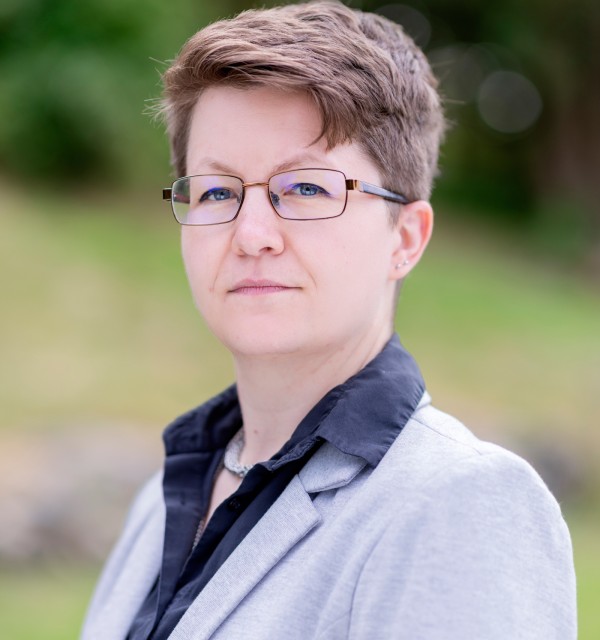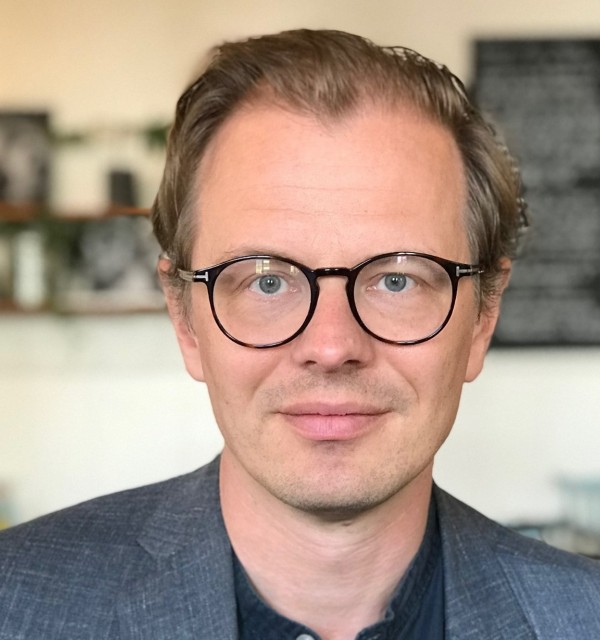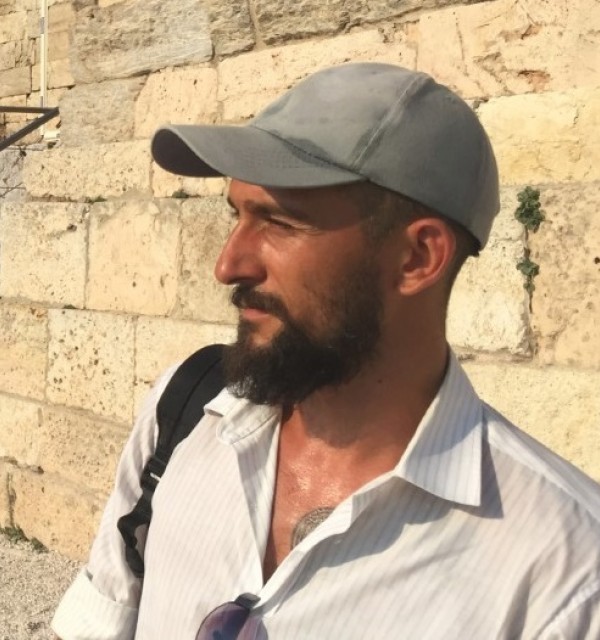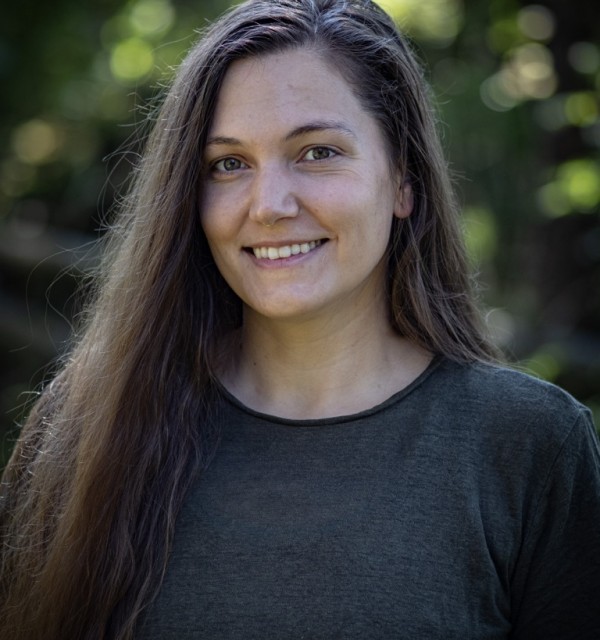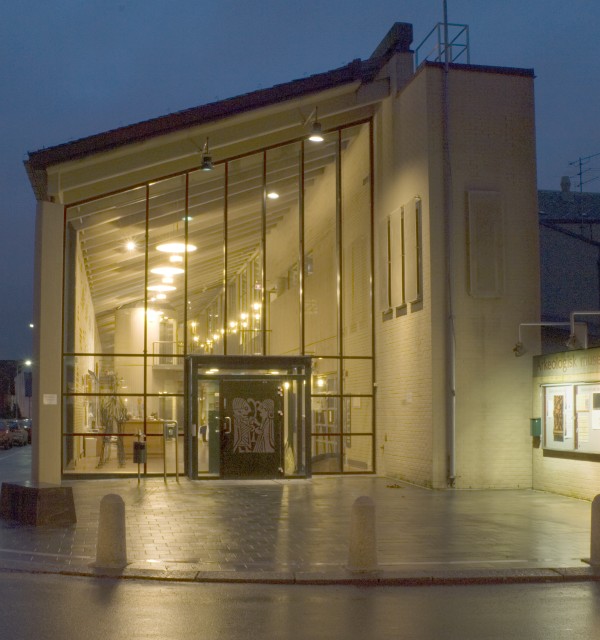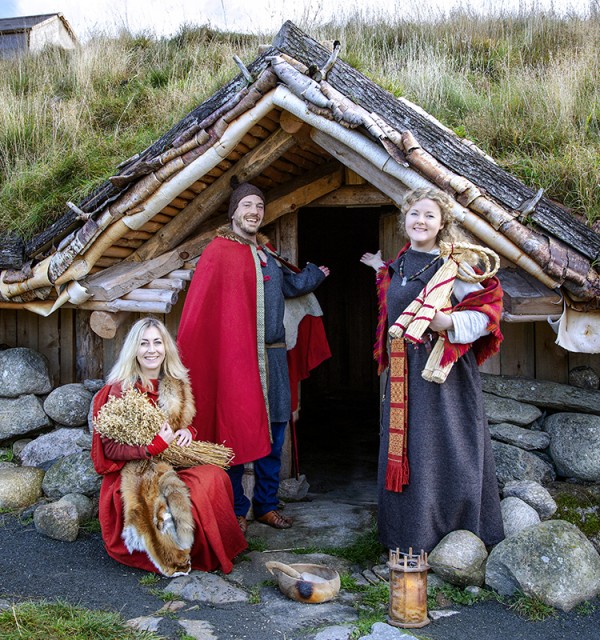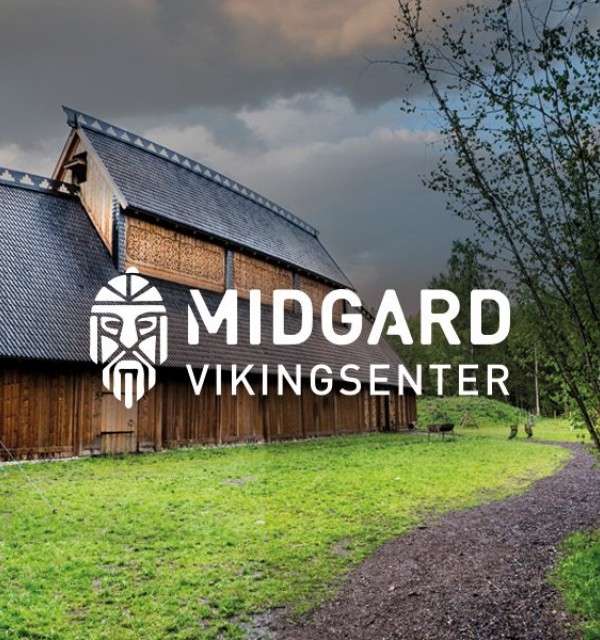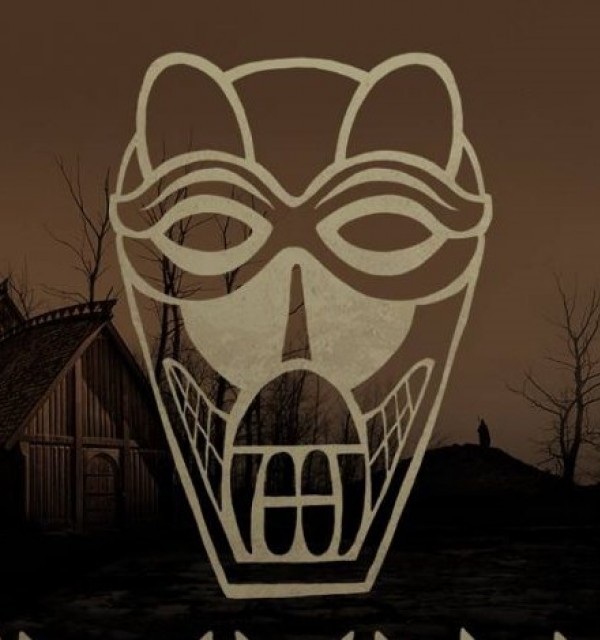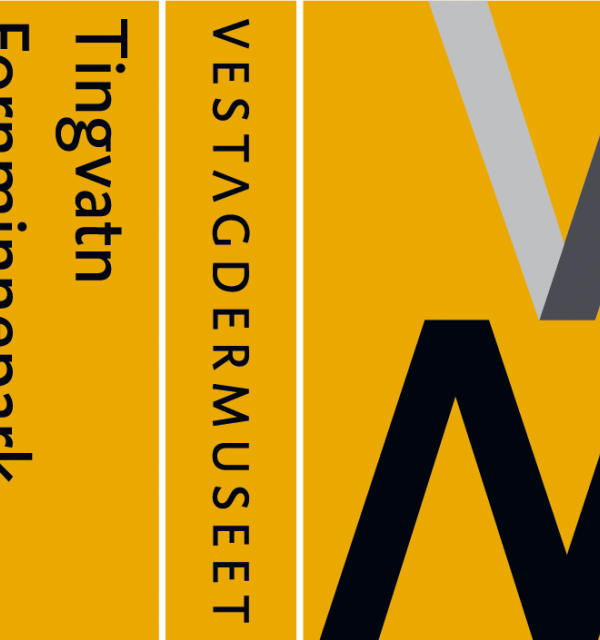Why are Vikings and the Norse past increasingly popular?
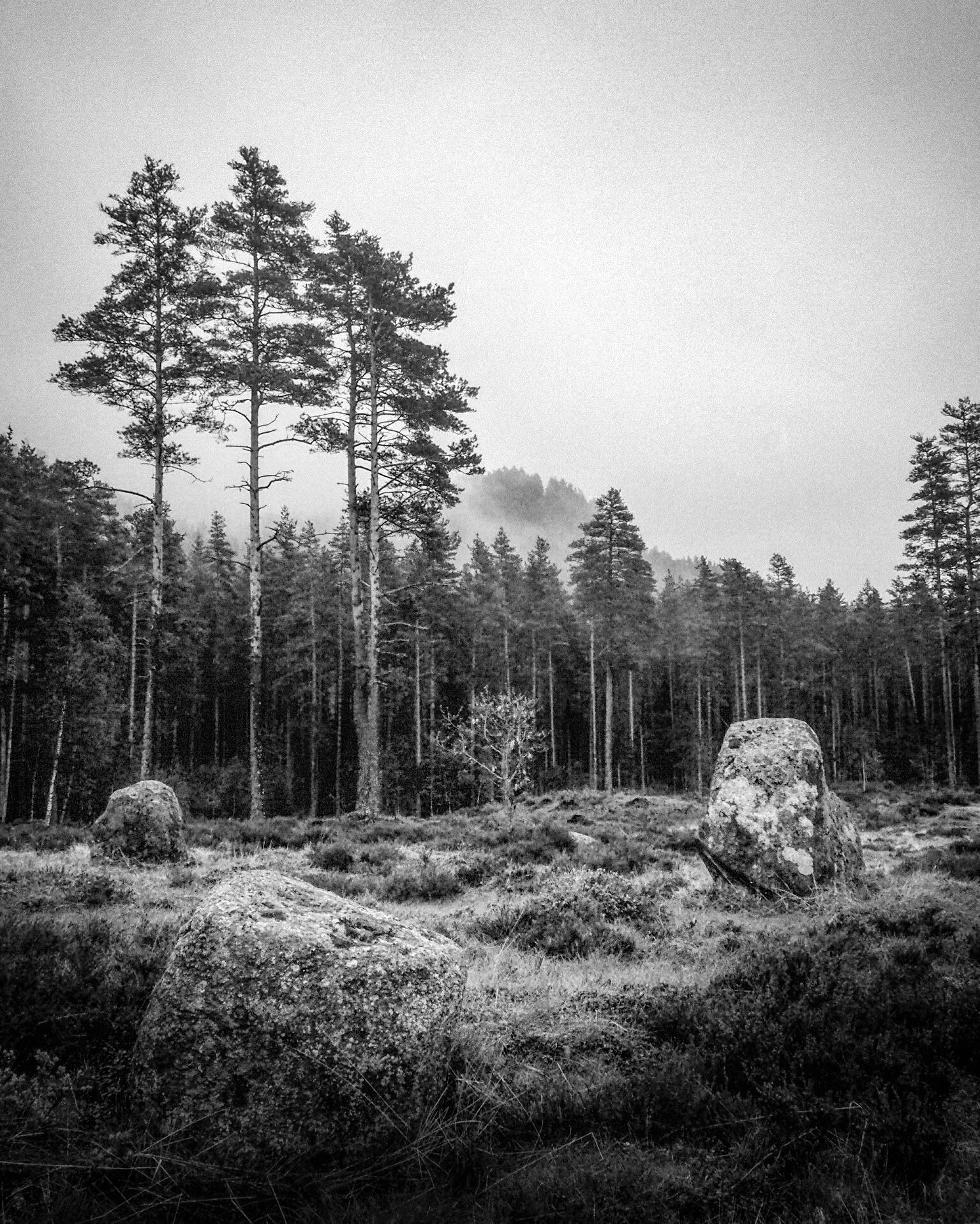
Foto: Lasse Norlemann Mathiesen
In this NFR-funded research project (FRIPRO) with Linköping University as project partner, our interdisciplinary research group will analyze the consequences of cultural actors supplying the demand for Vikings and the Norse past. The project started in August 2020 and will last until July 2024.
The hypothesis of “Back to Blood” is that cultural and spiritual products related to the Norse past are connected to people’s concerns about sustainability, identity and citizenship. Such products are for example television series, films, digital games, music, festivals and Viking markets, as well as new ways of disseminating and using the Norse past in the museum, school and tourism sectors.

About the Back to Blood project
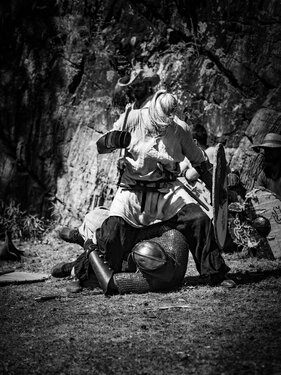
What is the connection between Viking martial arts, sustainability and green citizenship in 2020?
Vikings are more popular than ever before. "Back to Blood: Pursuing a Future from the Norse Past" (BTB) seeks to find out why. Our hypothesis is that the production of cultural and spiritual products related to Vikings and the Norse past is about sustainability, identity and citizenship. For some, it represents a spiritual longing for a sustainable future, where new models of spiritual interaction are linked to eco-citizenship - new, green ways of living and being connected. For others, masculinized and white power aspects of paganism, bloodlines, and national identities are central. This threatens peaceful and egalitarian solutions to global challenges such as scarce resources and inequality. We will investigate which product and motif appears where, and why. This means that we will map out how and explain why current interest in sustainability, identity and citizenship leads to an increased cultural and spiritual demand for Vikings and the Norse past, and the consequences of various cultural stakeholders meeting this need.
Our research group is interdisciplinary and examines Norse past popularity through five case studies. We use digital, archival and ethnographic material. We explore festivals and soundscapes, digital media and spiritual movements, museums, the education sector and the use of archeology, history and reenactment, and martial arts. We examine these fields' relationships to spirituality, eco-citizenship, gender, identity and right-wing extremist forces, and thus we cover both the breadth and depth of this growing, global phenomenon. Our findings can be utilized by actors in, and users of, the field, where informed and constructive ways of dealing with the longing for the Norse past can also open up new answers for a sustainable lifestyle.
Department of Cultural Studies and Languages
Jane Skjoldli's study asks how modern Norse-inspired Heathens employ, interpret, and experience descriptions of Vikings and Norse religion in digital games, movies, TV-shows, and music. Skjoldli uses a mixed-methods approach, with digital survey with a qualitative media analysis and fieldwork, and the study will result in a monograph.
The project revolves around the concept of reception in the widest sense, signifying selective and creative processes of recycling pre-existing material, and the construction of religious worlds and values. How do modern Heathens interact with products of popular culture that both stem from and contribute to the commercialization of materials that are so near and dear to many? What topic-related music do Heathens listen to; what movies and series do they watch; what games do they play? What do Heathens consider more or less relevant and compatible with how they view Norse religion, Vikings, and styles of reception of and about the Norse past?
Project members and their projects
Fredrik Gregorius’ project looks at places associated with Viking culture and religion and how the descriptions and meaning given to these places reflect ideological constructions about our relationship to Old Norse culture and how this is impacted by ideas about Scandinavian ethnic identity and cultural heritage.
The study explores how government-funded museums and archaeological projects present the Viking Age, but also how Heathens and Nationalistic groups view these same sites and what ideological narratives that are constructed around it. Due to the recent years’ ongoing debate about the role of women in Viking Age society, questions about gender and changing ideals of masculinity and femininity are addressed as a central theme as well as changing ideas about culture and ethnic identity. A central question is why these places are still so contested. In addition to historical research, the project employs fieldwork in both Sweden and Norway. Among the sites researched, are Uppåkra Archaeological Center, Lofotr Vikingmuseum and Old Uppsala, and the study will result in articles and a monograph.
Department of Cultural Studies and Languages
The subject of Tao Thykier Makeeff's Post Doc project (2020-2022) is Viking martial arts and how this is related to themes like embodiment, gender, diginity and belonging, spirituality, sacred place, landscape and nature, and borders drawn towards nationalist agendas.
The project will investigate the interplay of martial arts teachers’ use of Nordic history and the varied constructions of religious and spiritual identities among contemporary Heathens, re-enactors and other individuals who may not fit into established, analytical categories. In the project, Makeeff scrutinizes how training one’s body within historical martial arts may create emotions of embodied ties to the past, to nature and to the land one lives in, and how this may comprise methods for sacralizing room, experience unity with others and with landscape, and for finding new dignity through embodied, historical and environmental narratives. These perspectives will shed new light to how religion, ritualization and physical training interact, and address current issues like ecological awareness, gender and political views. The project will result in three academic articles.
Department of Cultural Studies and Languages
In Anna Økstra’s PhD project (2020-2024), she delves into the realm of historical handicrafts, examining how the actor-networks surrounding a select few archaeological finds have evolved since their discovery. Leveraging her dual identity as both anthropologist and a handicrafter/weaver, her work takes on an interdisciplinary approach.
Through the lens of Actor-Network Theory (ANT), she explores the intricate connections between human and non-human actors, and analyses the dynamic relationships that shape the narratives surrounding archaeological objects. These artefacts serve not only as tangible representations of human ingenuity but also as agents in their own right, influencing the trajectories of archaeological research and interpretation.
Her project goes beyond traditional disciplinary boundaries, seeking to uncover the complex interplay between material culture, social relations, and knowledge production. By adopting a reflexive methodology, she aims to elucidate how these actor-networks have expanded and transformed over time. The project contributes to the field of understanding the entangled nature of material culture and human interaction, highlighting the role of ANT in unravelling the stories woven into historical handicrafts and their evolving significance in contemporary discourse.
(Project continued by Skjoldli and Gregorius, July 1st 2022)
This project analyzes how the combined Viking and metal festival Midgardsblot in Borre, Vestfold, represents new realizations of spirituality and ecological awareness, and the bureaucratic and political processes these interact with. This is thus an investigation into how secular and public sector (like county administration) cooperates with artistic, popular cultural and spiritual actors and trends, and how those involved assess these processes and the festival as an event based arena within the framework of a Norse site like Borre.
The study explores archive material from the Midgardsblot start in 2015 and onwards and fieldwork on and around the festival in 2018, 2019 and 2021, with digital survey for 2020 when the festival was cancelled (due to Covid 19). The participants at Midgardsblot come from all over the world, and further questions of this study is how a regionally negotiated and important festival impacts global, digital communication and identity construction beyond the festival weeks. The study will result in articles and a monograph.
Read more about Norse past and modern Viking interest:
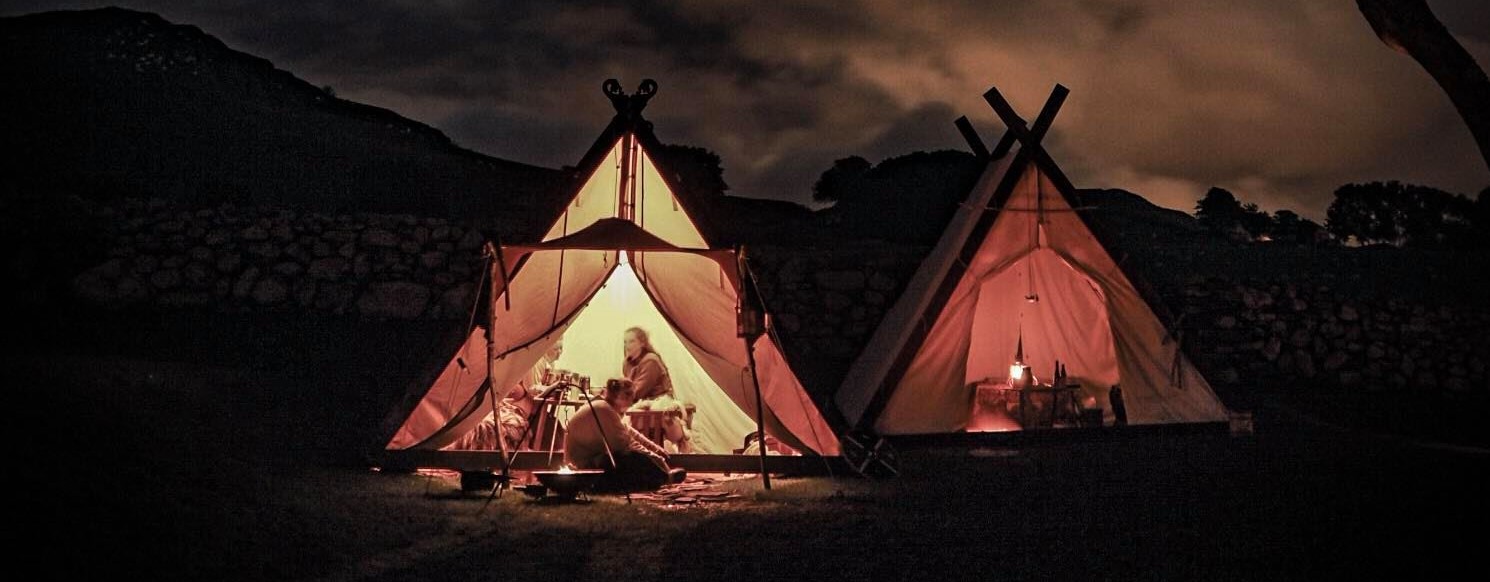
Photo: Lasse Norlemann Mathiesen
